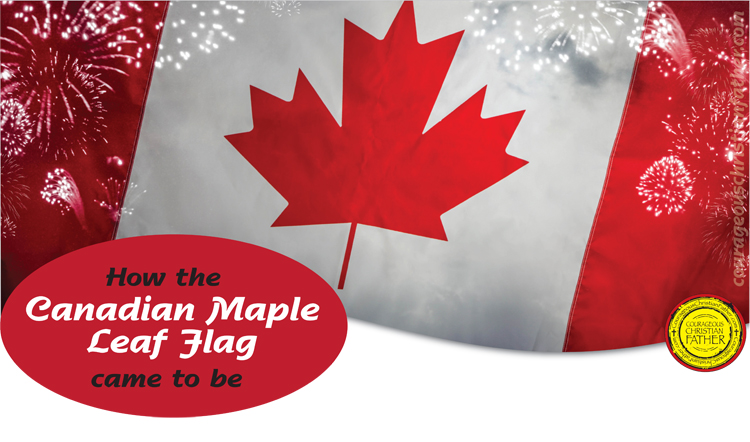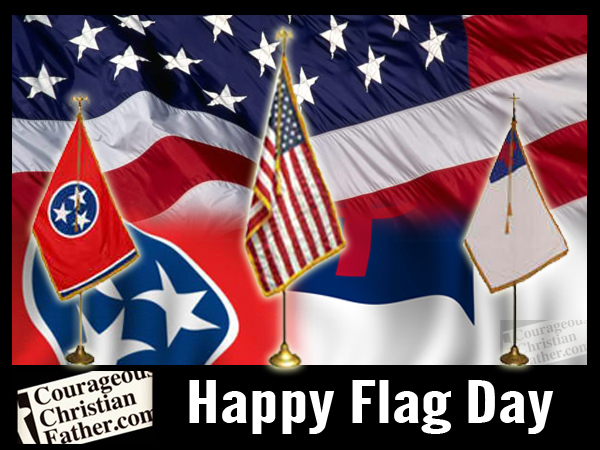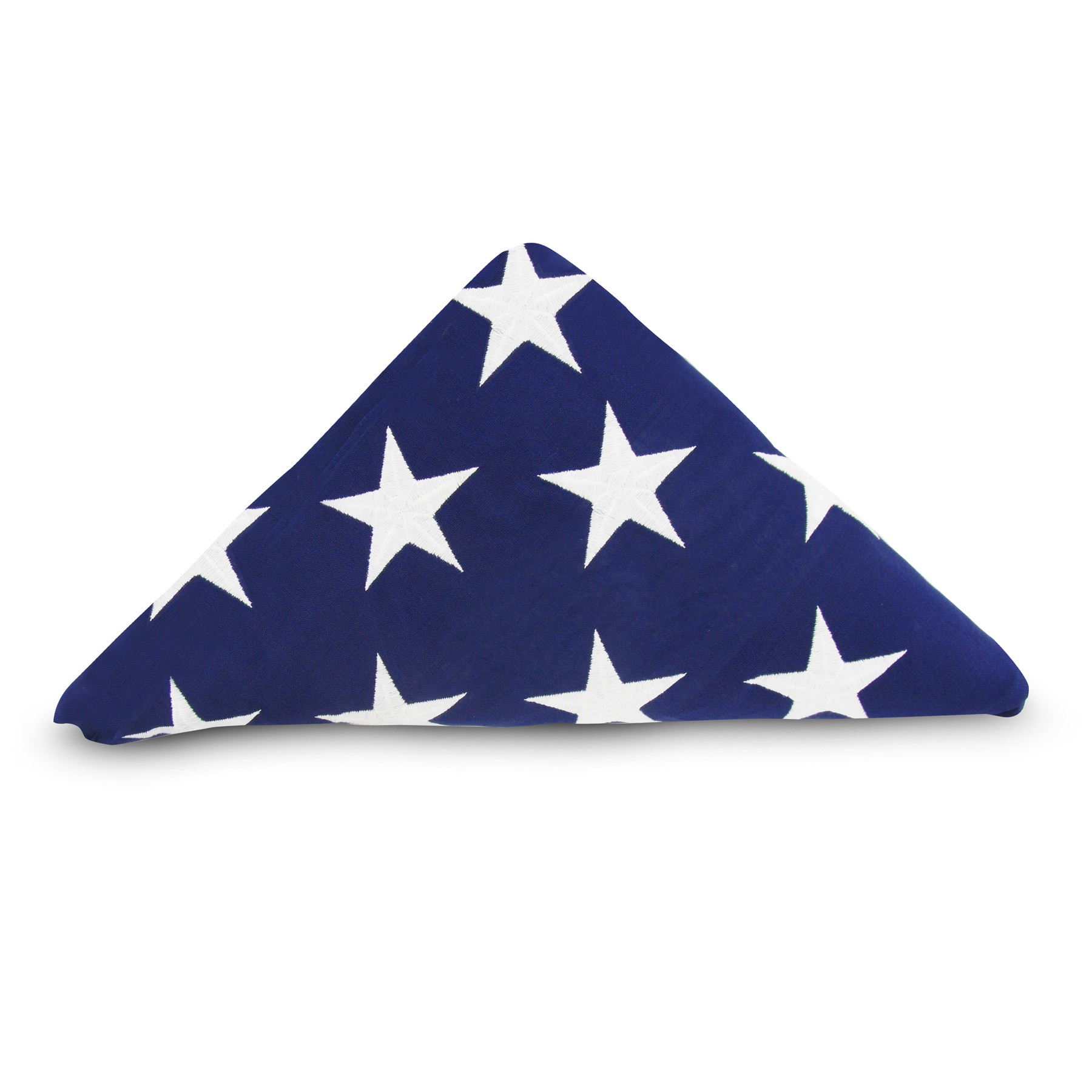How the Canadian maple leaf flag came to be – Canada has an extensive history with its national flags. While the widely recognized maple leaf flag is a universally recognized symbol of Canada in the 21st century, it took many years for Canada’s national flag to reach that status.

Canada is one of the countries that visits Courageous Christian Father, so I wanted to share something about Canada with my readers.
How the Canadian maple leaf flag came to be
Nearly 400 years passed before Canada officially adopted the Canadian Flag or Maple Leaf Flag (l’Unifolié). This flag consists of a red field with a white square (Canadian pale) in the center, upon which an 11-pointed red maple leaf sits. In vexillology, a Canadian pale is a center band (centre band) of a vertical triband flag (a pale in heraldry) that covers half the length of a flag, rather than a third as in most triband designs. Although Canada was first explored in the 15th century, and declared a self-governing entity in 1867, the famed maple leaf didn’t come into existence until 1965. Through the years, various flags flew above Canadian soil.
First Flag Used
The first flag used was the St. George’s Cross. This was flown when explorer John Cabot landed in Newfoundland. At the time, the cross was representative of England. When Canada was settled as part of France and dubbed “New France,” two flags gained national status. One was the Royal Banner of France. This featured a blue background with three gold fleurs-de-lis. A white flag of the French Royal Navy was also flown from ships and forts and sometimes flown at land-claiming ceremonies too.
18th & 19th Centuries
Not to mention, through the 18th and early 19th centuries, while under British rule, Canada went through a series of flags that bore the British ensign – the Union Jack. The “Red Ensign” and the “Royal Union Flag” were flown in various locations. By 1921, a “Canadian Red Ensign,” featuring the Union Jack and a shield of arms granted to Canada, authorization to fly on federal buildings in Canada and abroad until Canada adopted its own national flag.
Resolving the National Flag
In 1925 and then again 20 years later, appointed committees resolved the national flag issue. People didn’t want to offend Britain with the removal of the Union Jack. In 1945, a suggestion of a flag consisting of the British Union Flag in the upper left corner with a gold maple leaf in the bottom right corner. However, legislators could not commit, and many Canadians were split on the flag debate. Many still held ties to the Union Flag. Others liked the Red Ensign. Also, Québec viewed its provincial flag, the Fleurdelisé, as its national emblem.
Threats by the Separatist Movement
In 1960, the flag issue again came up, as Canada had a threat by a growing separatist movement in Québec. Many thought a national flag may unite the country during this time. An all-party committee was established in September of 1964. Seven Liberals, five Conservatives, one New Democrat, one Social Crediter and one Créditiste were part of the committee. According to Library and Archives Canada, had some 2,000 flag suggestions submitted in 1964 and examined by a committee. Three flags were selected during a process of elimination. A single-leaf design presented by George Stanley eventually was adopted.
Dates for Canada
On January 28, 1965, the royal flag proclamation was signed by Queen Elizabeth II. The flag was officially flown at Parliament Hill for the first time on February 15, 1965. Today, the maple leaf flag is one of the most recognizable national flags in the world. So February 15 each year is National Flag of Canada Day.
Then there is Canada Day (Fête du Canada) held annually every July 1 too. I would say this is much like the United States 4th of July.
National Flag of Canada Day
February 15 was declared National Flag of Canada Day in 1996. It marks the day in 1965 when the red and white maple leaf flag was first raised over Parliament Hill in Ottawa, and indeed, hundreds of communities across Canada. Red and white were designated as Canada’s official colours in 1921 by His Majesty King George V. This is a perfect opportunity to celebrate the Canadian flag and what it stands for: a Dominion that is the envy of the world.
MetroCreative
Canadian Flag Pledge
Finally, I would like to share the Canadian Pledge. Much like America, Canada has a Pledge to the Canadian Flag too.
“I salute the Flag, the emblem of my country and to her I pledge my love and loyalty. God Save the Queen.”
These were the words recited each day by many school children in many parts of Canada as the tribute to our nation’s heritage to begin the school day.
The Canadian flag also has etiquette for flying their flag just like America does with the American Flag. They also have a special way to fold the Canadian Flag too.
Check out All Things Red & All Things White
Article compliments of Metro Creative. With some additions and edits from myself. Including info from WikiMedia. TF16A518
First published February 24, 2017. Last updated or republished February 13,2020.
About the Author
Discover more from Courageous Christian Father
Subscribe to get the latest posts sent to your email.


